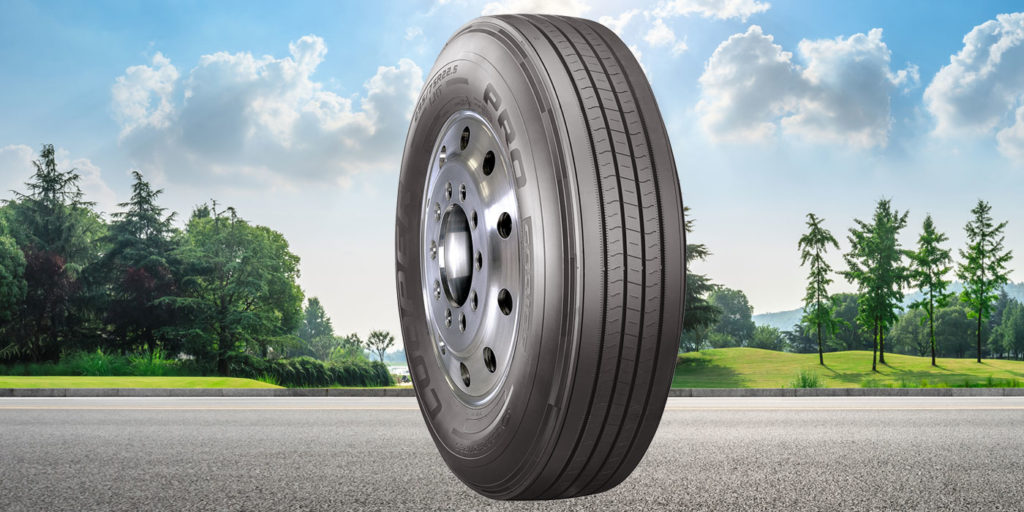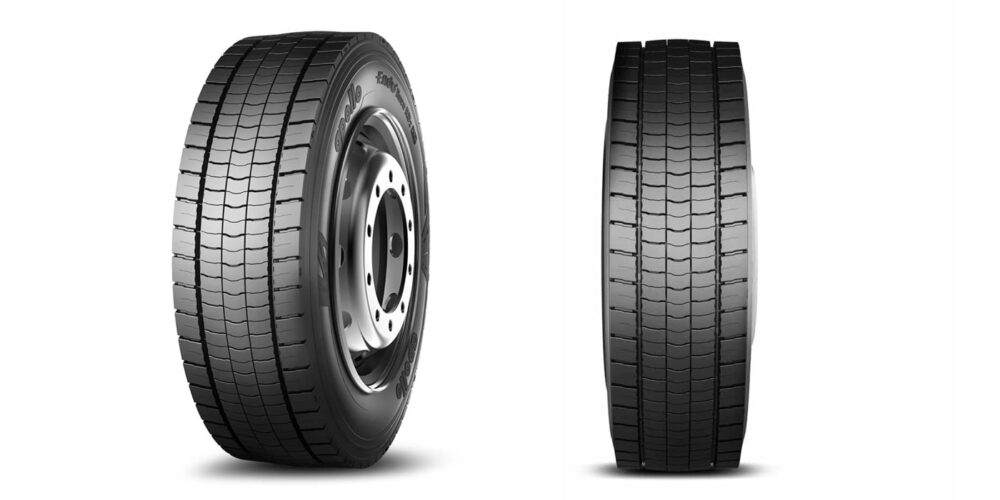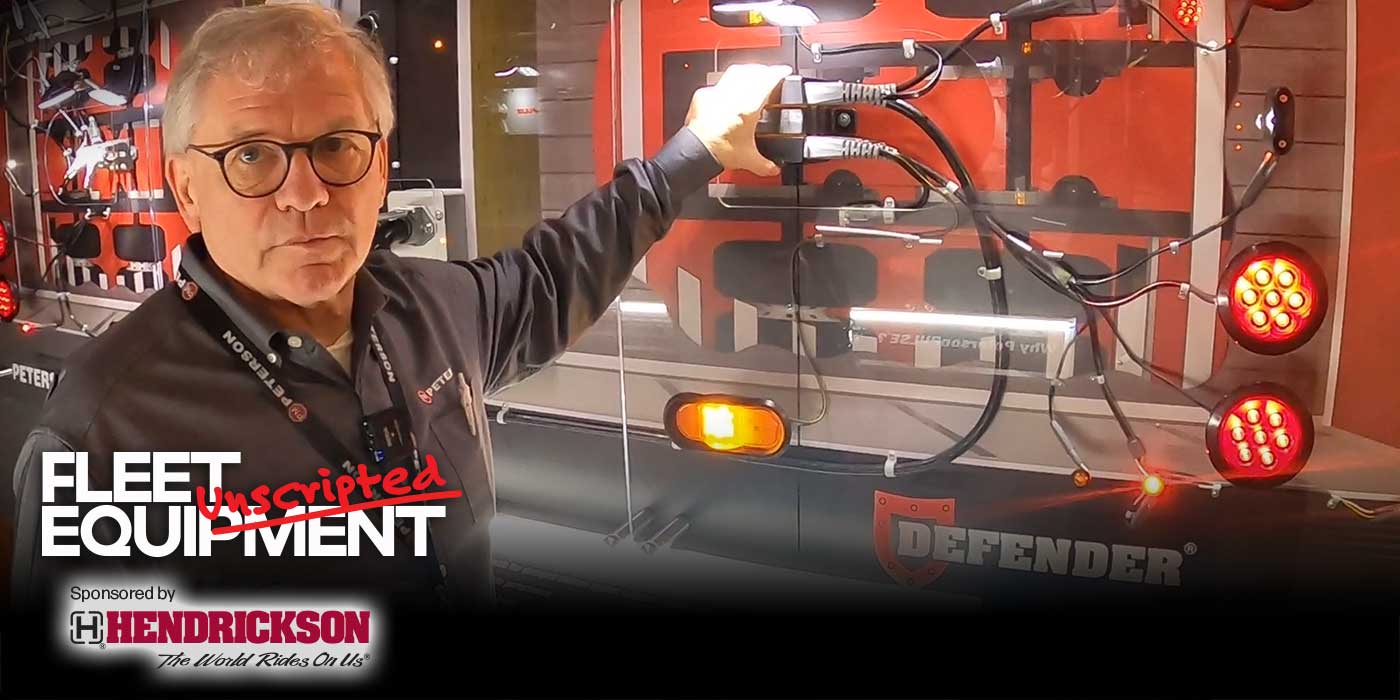Tires and fuel have long been known as the two biggest costs a typical fleet faces. So the idea of being able to shore up both costs in one should be music to a fleet manager’s ears. That’s the point Cooper Tire made in a recent Q&A, in which Gary Schroeder, executive director of Cooper’s Global Truck and Bus Tire Business, and Phil Mosier, Cooper’s manager of commercial tire development, weighed in on truck tires and fuel efficiency. Here’s what they had to say.
Q: Where can fleets find fuel economy benefits in their tires?
A: Where tire savings really come into play in the long-haul segments is in how fuel efficient they are. If you’re buying strictly on mileage and price, you’re missing out. There can be a gap of up to 3% in fuel economy between non-SmartWay tires, and baseline SmartWay-verified tires. That’s why all the major tire OEs offer SmartWay-verified tires for the over-the-road segment.
Many assume all SmartWay tires are about the same in fuel efficiency, and that’s simply not the case. Fuel efficiency gains can actually be more than going from a non-SmartWay tire to a SmartWay tire. A SmartWay tire meeting the standards compared to an ultra-fuel efficient SmartWay tire can show a difference of 3%—even a little more—in fuel economy. That can mean more than $1,500 a year in fuel savings, for the typical long-hauler averaging around 120,000 miles per year. That’s why we advise fleets to compare different tires and their rolling resistance—a tire manufacturer should be able to run calculations for you. That way you can see how fuel economy might be impacted. Depending on the spread in rolling resistance, fuel savings alone can help offset the cost of your tires—even pay for a complete set of tires if you really jumped in fuel economy. – Gary Schroeder
Q: How do I know those fuel savings numbers are real?
A: Just like truck manufacturers have wind-tunnels and computer software to calculate aerodynamic gains, tire manufacturers have precision indoor test equipment to measure rolling resistance. Everything is done to ISO standards. Those numbers can be verified in closed-track testing, and in real-world operations with confidence, if all the testing protocols are followed. For reference, check TMC Fuel Consumption Test Procedure – Type II RP1102A. – Phil Mosier
Q: What have tire makers done to improve fuel efficiency technology improved over the years?
A: Improving fuel efficiency in tires comes primarily in tread compounding, but tread design, casings and sidewalls come into play too. Our chemists are constantly testing new compounds and how they can impact rolling resistance. Silica, polymers and carbon black are the main ingredients, but it’s how you combine those ingredients, along with other chemicals, that make the difference. It’s an ongoing challenge, but when you make gains, it’s exciting.
There are a few tire manufacturers, Cooper being one, that have leapfrogged the SmartWay standard by another 15% or more. We’re already lower than GHG (Greenhouse Gas) standards that have been published for 2027, so we’re well ahead of the game. When we work with customers, we can plug in rolling resistance numbers for our tires, and that of our competitors, since we benchmark those numbers too. Our LCO (low cost of ownership) calculator then pumps out the impact on fuel economy. It can be eye opening. According to industry studies, roughly a third of a truck’s fuel consumption is used to overcome the tires’ rolling resistance. Not all wheel positions have the same impact though. Steer tires effect 16% of the resistance, drive and trailer tires are at 42% each. – Phil Mosier














